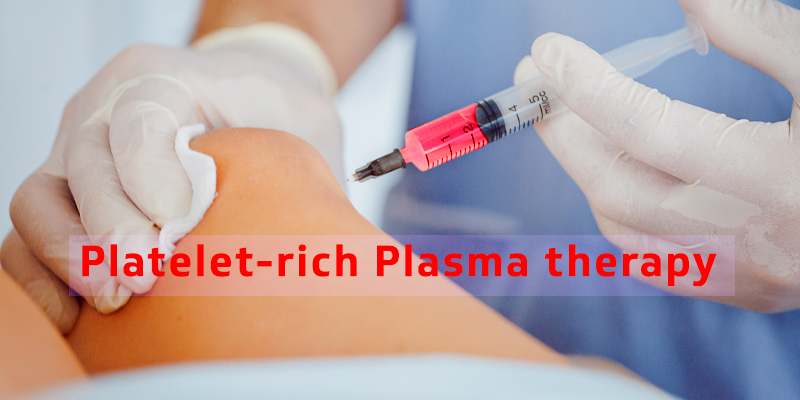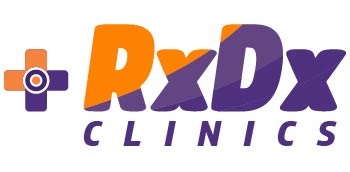
Blood is made up of plasma (liquid) and cells- red cells, white cells and platelets. Platelets play an important role in blood clotting. So when you get hurt, it is platelet which causes clotting of blood and stops the bleeding. Platelets also contain proteins called growth factors which are important for the healing process.
PRP is the plasma with a higher concentration of platelets than what is normally found in the blood. To prepare PRP, blood is first drawn from the patient. Then this blood is put into a centrifuge device that spins at high speed. This process separates platelets from other components of blood. This plasma with a higher concentration of platelets is then injected to the patient. PRP injections into the damaged tissues stimulate your body to grow new cells and improve healing.
How does PRP work?
Since the concentration of platelets is higher in the PRP, even the concentration of growth factors is greater. Studies have shown that the higher concentration of growth factors can potentially enhance the healing process.
PRP injections are given in 2 ways:
A mixture of PRP and anesthetic drug is injected directly into the injured or inflamed part. Pain at the area of injection may temporarily increase, but it comes down slowly, and the patient may notice the beneficial effects of the injection in a few weeks.
PRP is also used to improve healing after surgery. An athlete with completely torn tendon may require a surgery to repair the tendon. Healing of tendon can be improved by treating the injured area with PRP during surgery.
What are the uses of PRP injections?
Most commonly, PRP injections are used for the following conditions:
Chronic Tendon injuries:
Doctors use PRP injections to promote healing in injuries like
- Tennis elbow
- Achilles tendonitis
- Jumper’s knee
Acute injuries:
PRP injections are used to treat acute sports injuries such as for knee sprains or pulled hamstring muscles. PRP has received much publicity due to its use in the treatment of acute sports injuries.
Osteoarthritis:
PRP is injected into the joints of people suffering from Grade 1 and grade 2 Osteoarthritis to reduce bone destruction and improve the healing. .
What are the side effects of PRP?
Since PRP contains substances that are obtained from your own body, the risk of an allergic reaction is extremely less when compared to injections of other medications like cortisone or Hyaluronic acid. However, there can be certain side-effects like:
- Infection
- Pain
- Nerve injury
- Swelling
At RxDx, we have highly skilled doctors who perform PRP therapy on patients. They discuss the pros and cons of the treatment with the patient and give details about how the therapy is performed, how long it takes, and what will be the outcome. If you are suffering from some chronic pain or injury, you can discuss about PRP therapy with our Sports Medicine Physician or Orthopedic Surgeon and then decide for the therapy.
For further details, please contact: 080-49261111, 6745-8111
Download RxDx Smart Healthcare App Now!!!



